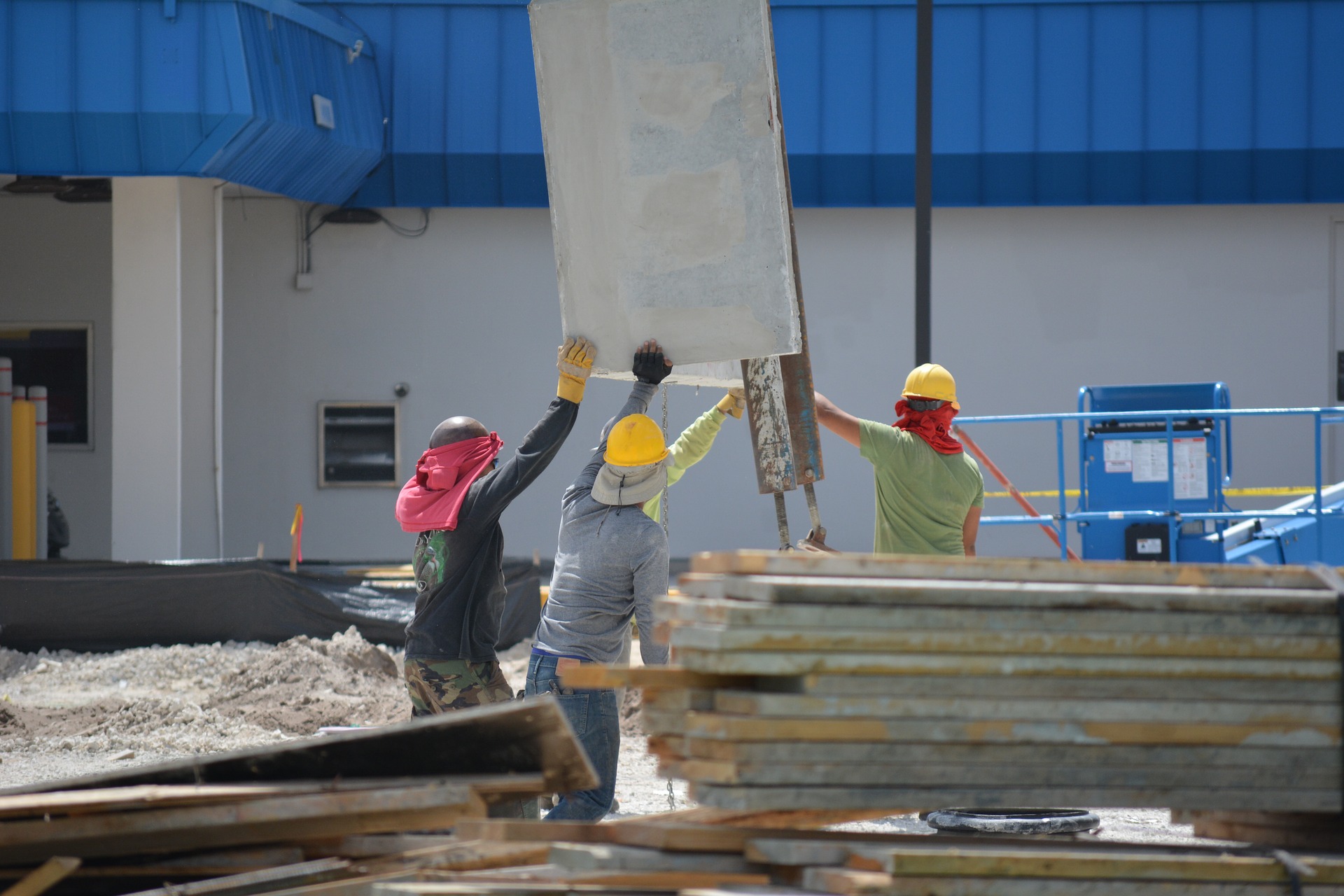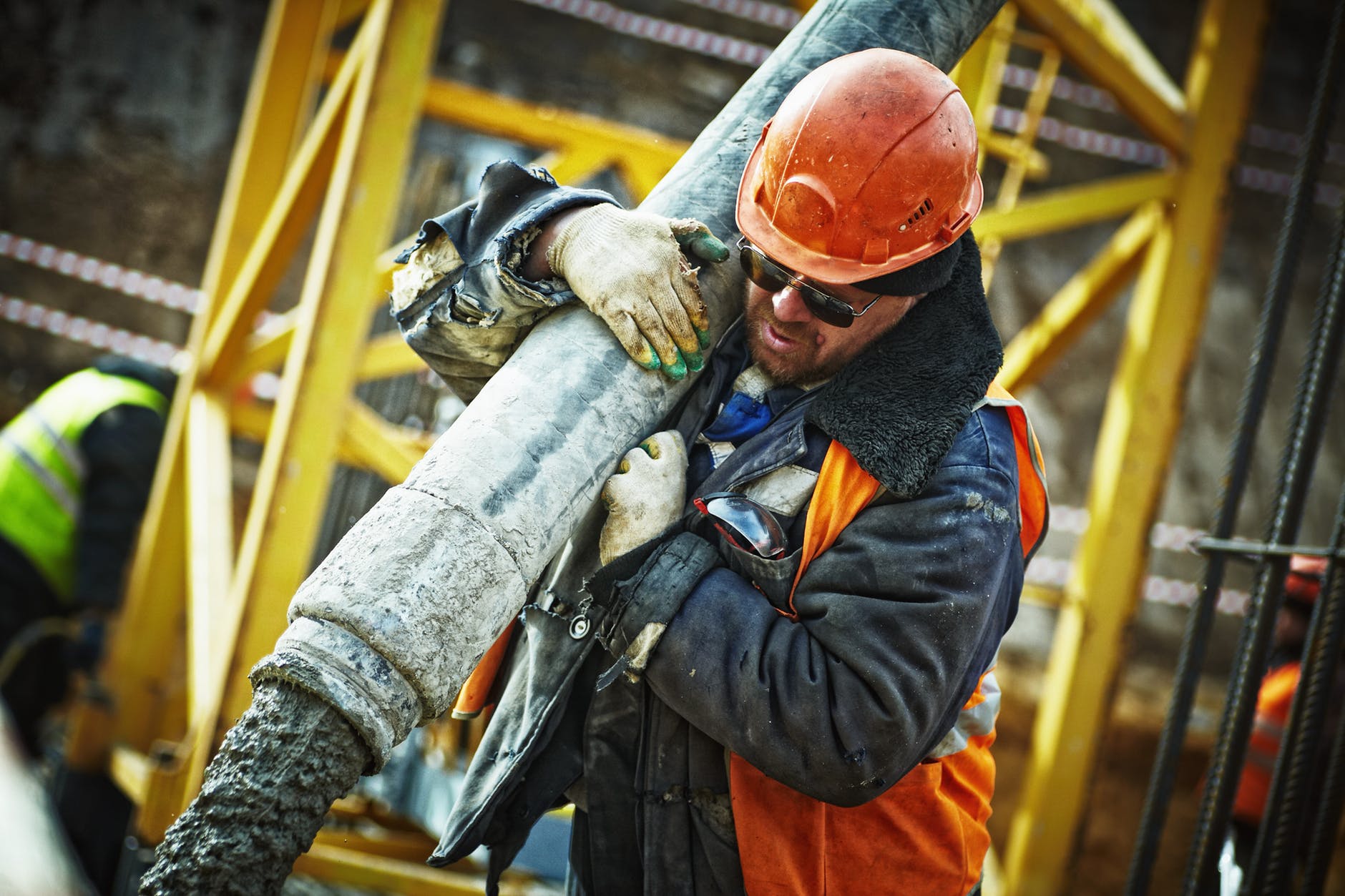No matter your business, there are a few topics no business plan should be without. Safety is one of them. Construction safety is of prime importance when you are investing your money in any real estate project. Even if your premises only consists of an office, your workers’ safety must be paramount. And it’s much more than simply keeping them out of harm’s way!
Safe work environments prove your concern for employees and when workers feel respected, they’re happier. That means higher productivity overall. So it’s a win-win for all involved.
And there are few environments where this is as important as the construction industry. With multiple factors influencing safety levels and work often taking place meters from the ground, safety measures are non-negotiable.
In this article, we will touch on some aspects of a construction site that pertains to Occupational Health and Safety in today’s world. Know your facts so you can take extra good care of your team. This is how you keep them safe and build up a reputation as a preferred employer.
Fall Protection Explained
One important aspect to cover is falling protection.
Fall protection refers to the implementation of systems that assure the Construction safety of workers. These systems are:
- Correctly built scaffolding structures, stable work surfaces.
- Guard Rails.
- Safety nets and/or covers.
- Restraint systems.
- Fall arrest systems such as structures with roof anchor points.
- Correctly equipped and educated workers.
You can see it goes much further than the physical aspects of your work environment. Do you take it one step further in empowering your workers with knowledge too?
Equipped, alludes to hard hats, steel toe boots, and reflective vests. But educated refers to training and onsite communication of safety regulations & best practice. If your team doesn’t know how to implement the equipment you invest in, you’re not really keeping them safe.
What to Consider in Health and Construction Safety Measures
Now that you’re up to speed, let’s discuss a few major safety aspects which according to the studies are leading causes of injuries and fatalities.
Scaffolding
For any construction work, the first point of concern is scaffolding. At first glance, scaffolding seems like thrown together bars and columns made of steel. But there is so much more that goes into the correct and safe erection & utilization of these structures.
Vital points of consideration include:
- Scaffolding needs to be a rigid structure able to handle its own weight plus four times the intended load without compromising stability.
- The support structure can’t consist of movable objects such as bricks or barrels.
- The structure must not be moved, altered or manipulated without supervision or instruction of someone competent or qualified.
Accessories on Scaffolding
Each item you use on a scaffolding structure must be considered too:
- Guardrails and platforms must all be tightly bound with quality material.
- All equipment must be inspected before use and frequently thereafter.
- Braces, brackets, screws, nuts, and bolts or stairs & ladders cannot be compromised. Any weakened or damaged accessories need to be replaced or overhauled immediately.
A golden rule is simply this: if there’s a chance that there’s increased the risk to people’s safety, review, repair or replace.
Rigging
It’s not only the infrastructure you create that’s important. Every object attached to workers affects their safety. So, lastly, rigging on scaffolding is integral in the safety of all working on site.
Rigging refers to:
- Harnesses
- Ropes
- Equipment that prevents workers from falling
These are some of the essential facts that you can consider for your construction safety.
While much of these accessories prevent falls, they should also be designed to prevent someone from falling too far in the event of an accident.
This matter closely relates to our first remark on ‘fall protection’.
Fall Protection—What do You Need?
Falling on construction sites is the single highest cause of fatalities within the construction industry. There are several causes of these incidents such as unstable work surfaces, the misuse or complete failure to utilize fall protection equipment at all and most commonly, human error.
Can you prevent some of these risks? Thanks to innovation workers can enjoy more peace of mind than a few decades ago. Advances have been made to ensure the rate of error decreases drastically. The solution can be as simple as using:
- Guard rails
- Safety nets
- Restraint systems
- Roof anchor points.
The latter is an especially popular option.
Devices Explained
Roof anchor points are multi-purpose stainless steel roof mounted anchors used for construction or maintenance. Typically, you’ll find a flat plate with a D-shaped ring mounted on the roof’s surface. The benefit is these anchors can work on many surfaces including asphalt, cement, steel or tiles.
With an almost unlimited life span, this equipment provides comprehensive safety measures.
But once again a warning about the responsibility that lies with all site managers: the roof anchor point, harness, and lanyards must be inspected by the manufacturer or competent Construction safety officer to ensure proficiency.
Conclusion
As innovations increase there is an increasing number of ways to safeguard your team. How up to date are you? And when last did you audit your equipment and your staff’s knowledge about using it?
Quick review benefits all involved, makes everyone feel safe and buys you your team’s loyalty in the long run.
Read Also:






















